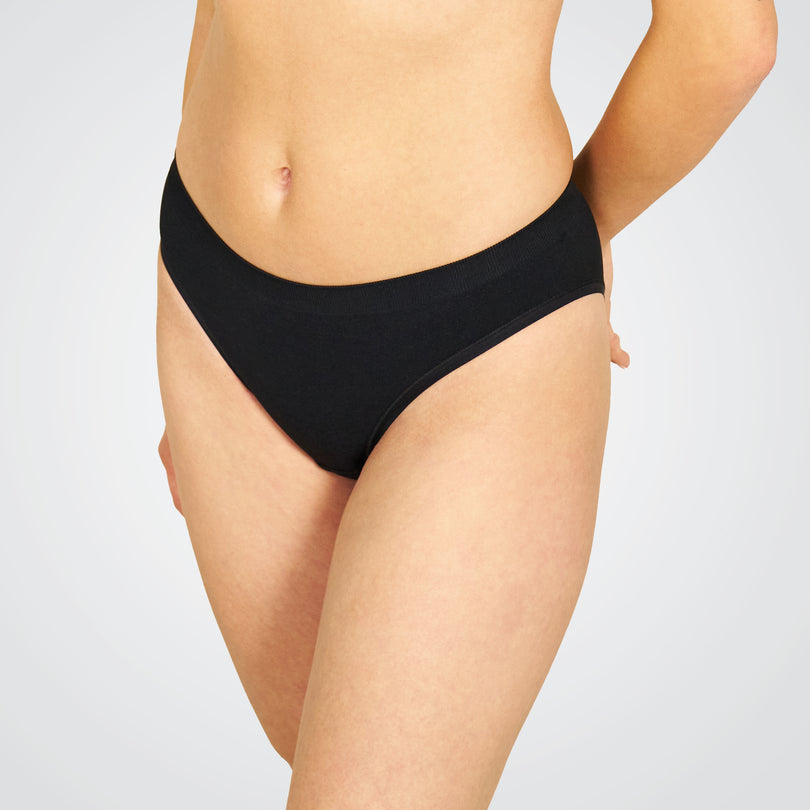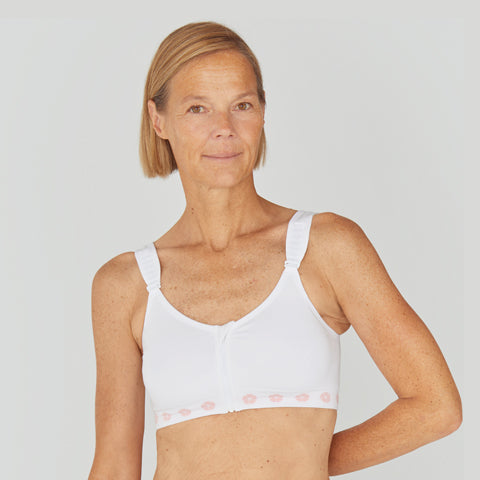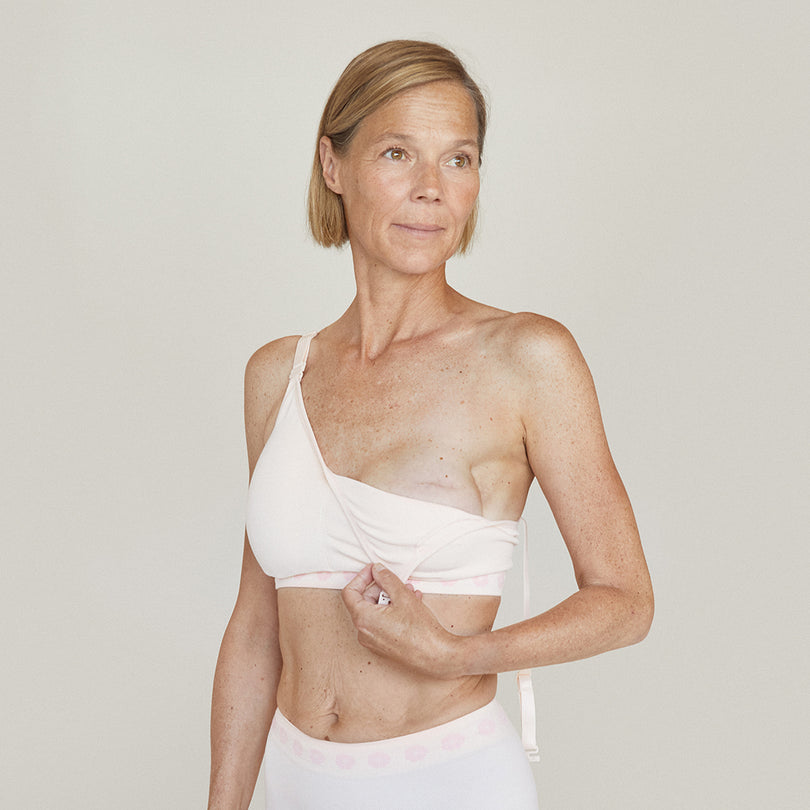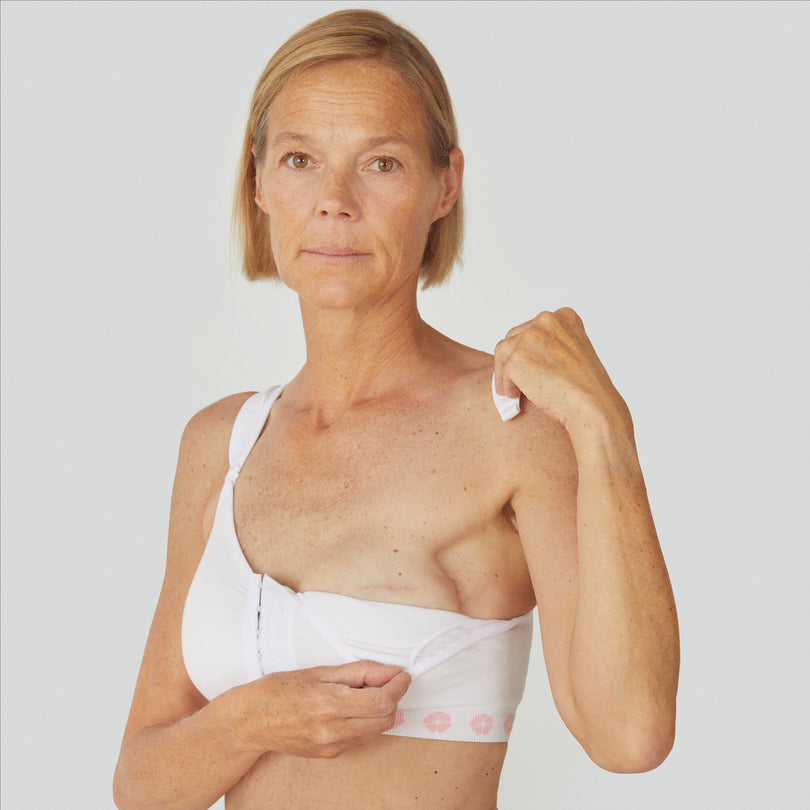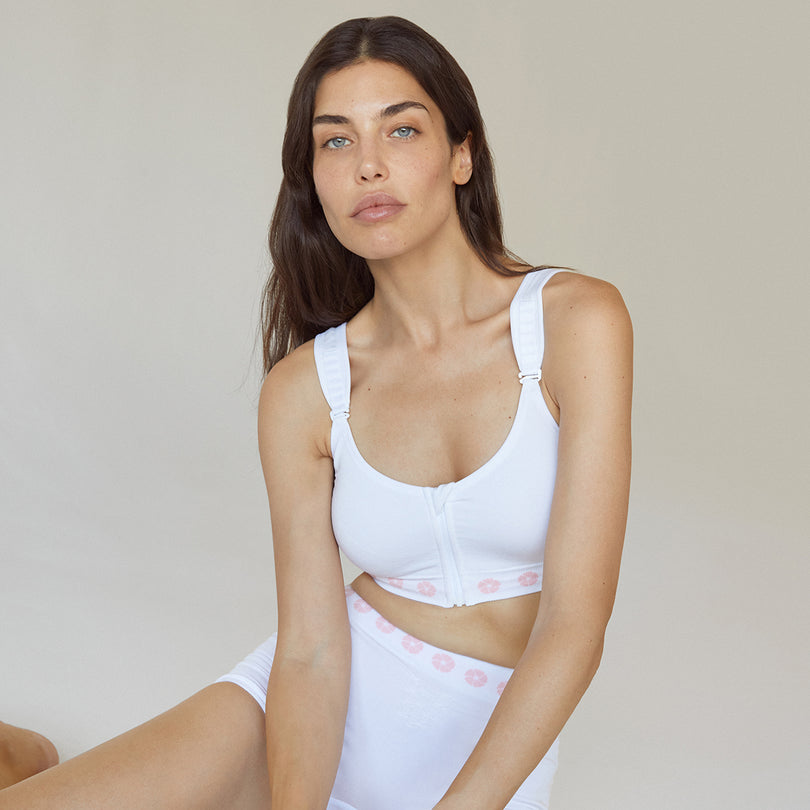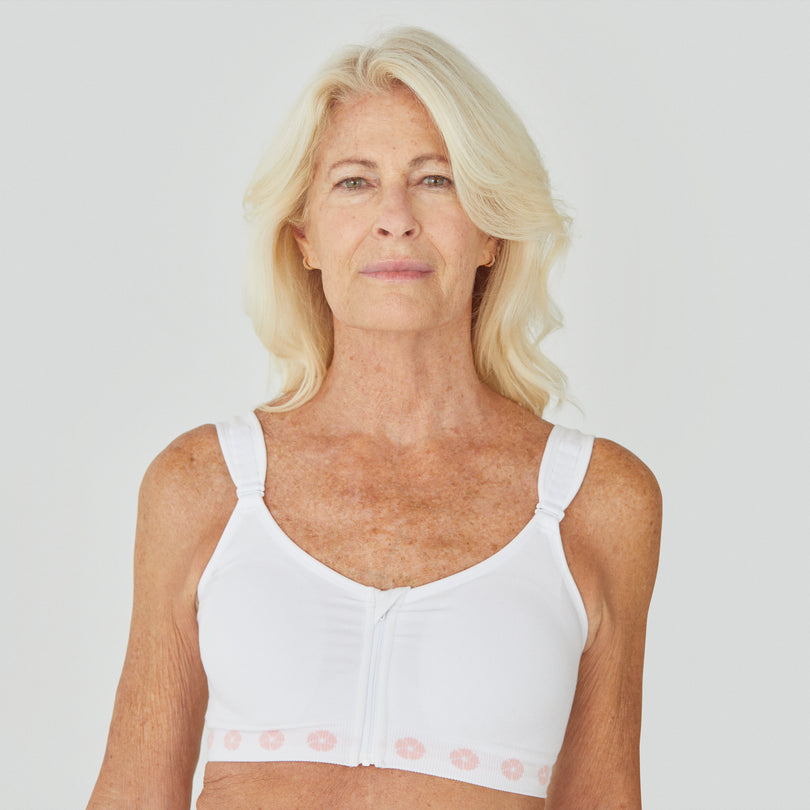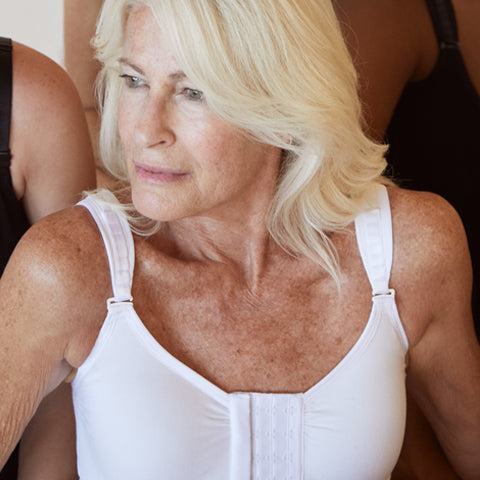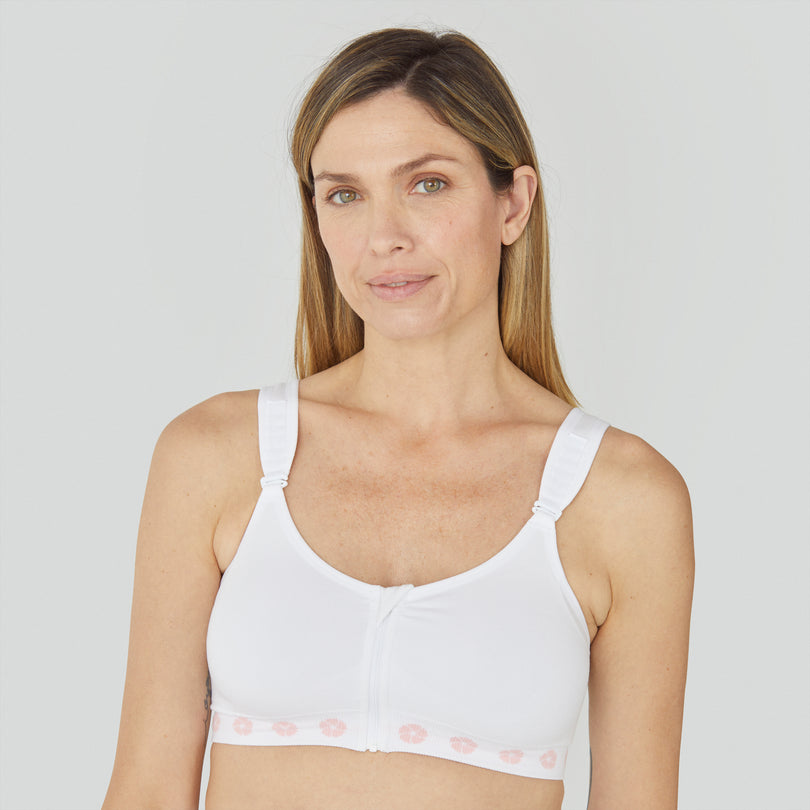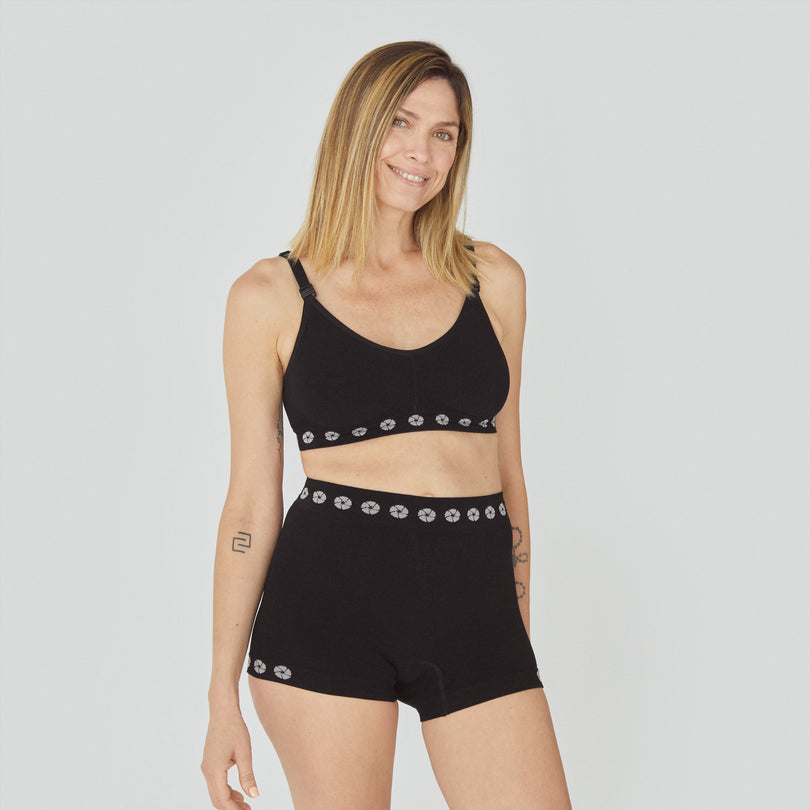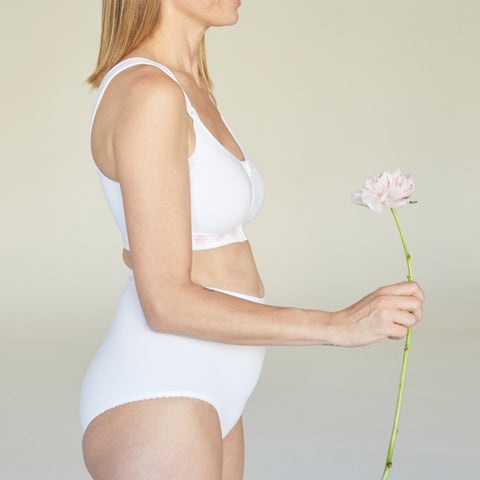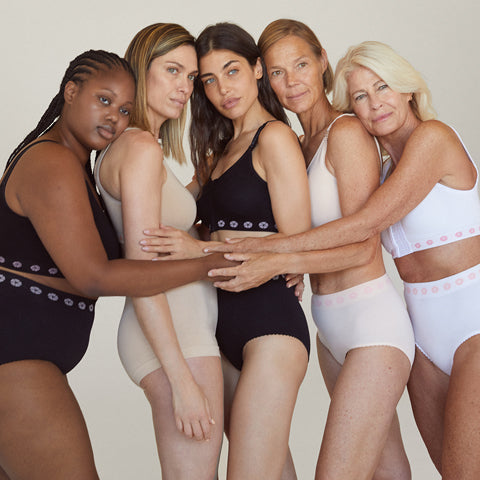At the very start of our journey in 2013, our founder and CEO Ciara wanted to use a material for her product range that comforted the ladies wearing post op bras as opposed to the itchy, scratchy, uncomfortable bras currently on the market. Ciara came across bamboo and thought it sounded like a miracle material! Not only is it sustainable, uses no fertilisers, pesticides or farm machinery it speeds up healing as its naturally anti-bacterial, highly absorbent and wickable, UV resistant, hypoallergenic and thermally regulating phew what a CV!!! Ciara chose to use this amazing material for all our products but went one step further and decided to validate all those amazing properties scientifically. This led to a clinical study which looked at the physical and psycho-social aspect of what you wear for the first four weeks post surgery, click here for those amazing results! Plus we looked at the bamboo material and proved its healing properties all of which you can find here.
THEYA's Patented Bamboo Fabric.
Our patented bamboo mix fabric is extremely soft and breathable. Since we only use bamboo that is OEKO-TEX Standard 100 approved, you can be sure that it is free of harmful substances and will be kind to skin, even very sensitive skin! Our bamboo material helps people with skin ailments, breast pain, blisters, burns, skin breakages and leaky wounds. Its your best friend for your healing journey.

